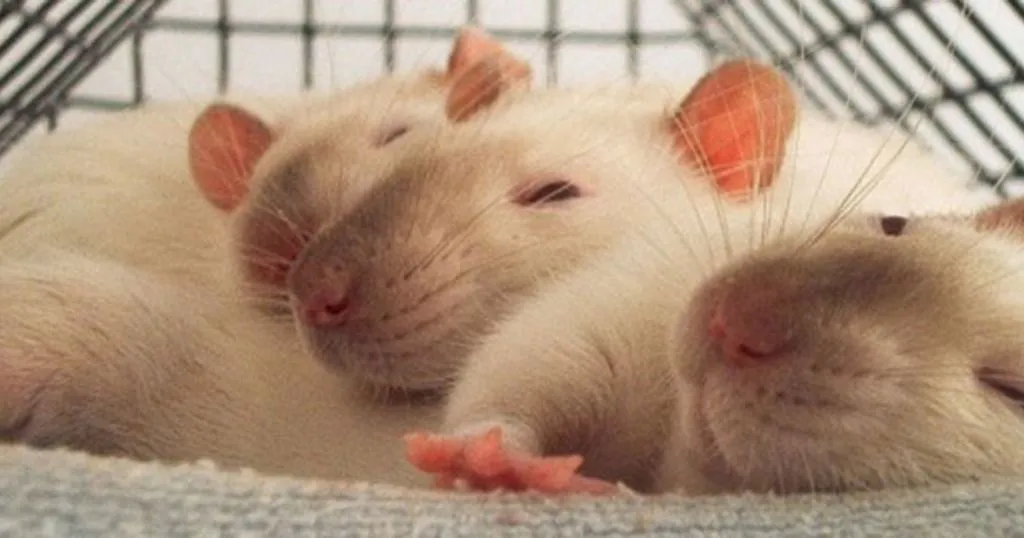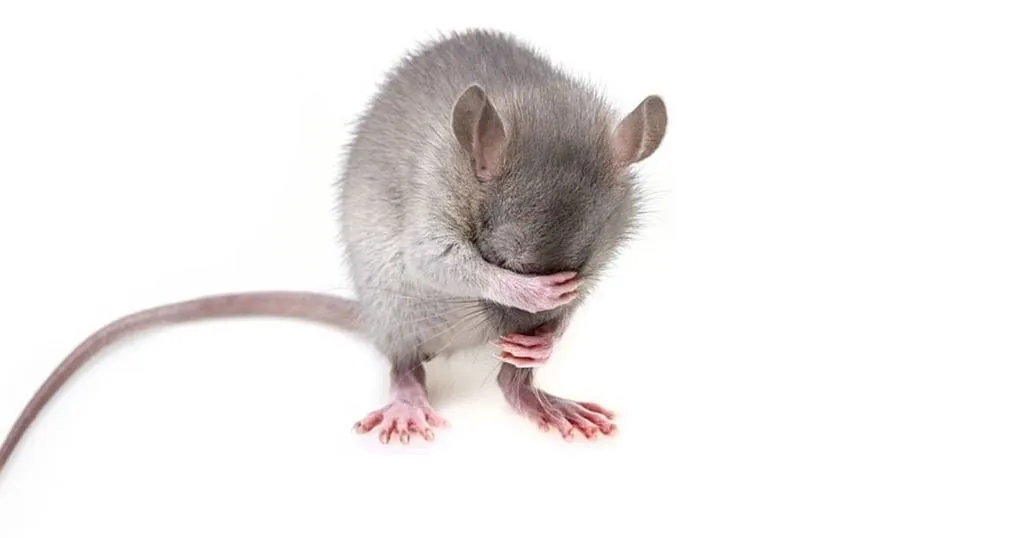Can a food preservative increase symptoms of autism?
Autism spectrum disorder (ASD) has a strong genetic component – a well-known fact. However, recent studies suggest that environmental factors, such as dietary ingredients, can cause exacerbation of the symptoms.
Posted by
Published on
Mon 02 Apr. 2012
Topics
| Autism | EthoVision XT | Novel Object Test | Rats | Social Behavior Research | T-maze | Video Tracking | Developmental Disorder |

Autism-like behavior studied in rats treated with propionic acid
In honor of World Autism Awareness Day, this post will focus on autism research. In particular, I want to share this interesting and very readable publication of MacFabe et al. (2011) with you.
Environmental factors in autism
Autism spectrum disorder (ASD) has a strong genetic component – a well-known fact. However, recent studies suggest that environmental factors, such as dietary ingredients, can cause exacerbation of the symptoms. Propionic acid (PPA) is a good example, as MacFabe et al. explain to us in their article. They investigated the effects of PPA on several behavioral and physiological measurements as part of the autistic phenotype of rats.
PPA is a fatty acid used as a food preservative, and studies have shown that eating food containing this additive exacerbates the symptoms in children with autism. PPA is also a product of gut bacteria, thus produced in our own body. A subset of ASD patients are reported to have high levels of PPA producing bacteria.
Why young rats?
In this study not just any rats are used – the researchers specifically chose adolescent rats. The reason? Adolescence is a significant period in lives of rats, normally characterized by the increased interest in social contact and novelty seeking behavior. Additionally, this period shows a higher vulnerability to psychopathology. Therefor a perfect phase to test the autistic-like effects of substances that influence the brain, such as PPA.
Restricted interests
Because autism often causes repetitive behavior and restricted interests, such as towards a specific object, rats are tested in a three-piece novel object test. EthoVision was used to automatically track approaching behavior and the proximity of the rat to the objects. In addition locomotion was measured. As hypothesized, rats treated with PPA did seem to have one favorite object while the control group did not limit their interest towards one specific piece as much. However, locomotion was not affected, ruling that out as a possible cause for the difference in interest.
Reduced social interest is another typical symptom of ASD. In the second experiment the rats are faced with an unfamiliar rat (social stimulus) or a novel object. Again, proximity and interaction was measured with EthoVision automatic video tracking. Rats treated with PPA showed less approach and interaction to the novel rat than the control group did.
Learn and unlearn
In a third test, the T-maze was used for reversal learning. First the animals were taught to choose one specific arm by baiting it with a food reward, and then the opposite arm was baited. Like the authors predicted, PPA-treated rats showed impaired reversal learning.
What goes on in the brain?
In this experiment a number of PPA-treated rats showed convulsive behavior. Interestingly, this is also a prominent symptom in a large group of ASD patients. Also, the neuropathological findings in this study were consistent with findings in brain tissue of ASD patients.
The answer is yes
So, to answer the title of this post: yes, food preservatives can increase symptoms of autism. Ok, that might be a little blunt. But at least MacFabe et al. have shown that PPA, something that is present our food and even produced by the bacteria that live in our own body, induces autistic-like behavior and neuropathology in rats.
Read more in the original publication: MacFabe, D.F.; Cain, N.E.; Boon, F.; Ossenkopp, K.-P.; Cain, D.P. (2011). Effects of the enteric bacterial metabolic product propionic acid on object-directed behavior, social behavior, cognition, and neuroinflammation in adolescent rats: Relevance to autism spectrum disorder. Behavioural Brain Research, 217, 47-54.
Or look for more autism related research using automatic video tracking with this google scholar search.
Related Posts

The search for autism models continues - why rats are important

Are there objective tests for predicting autism severity?

